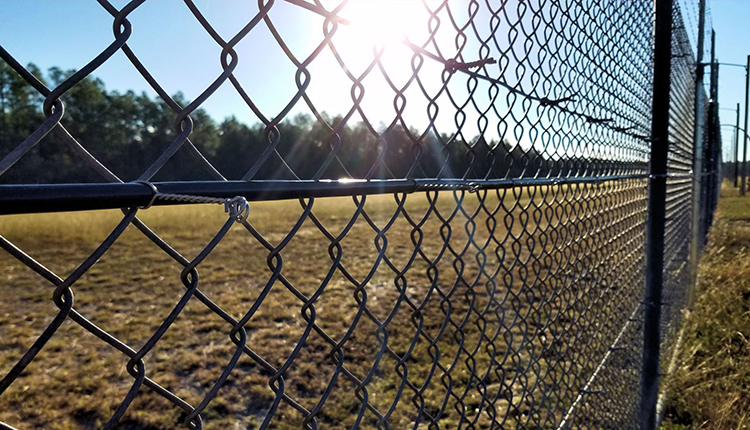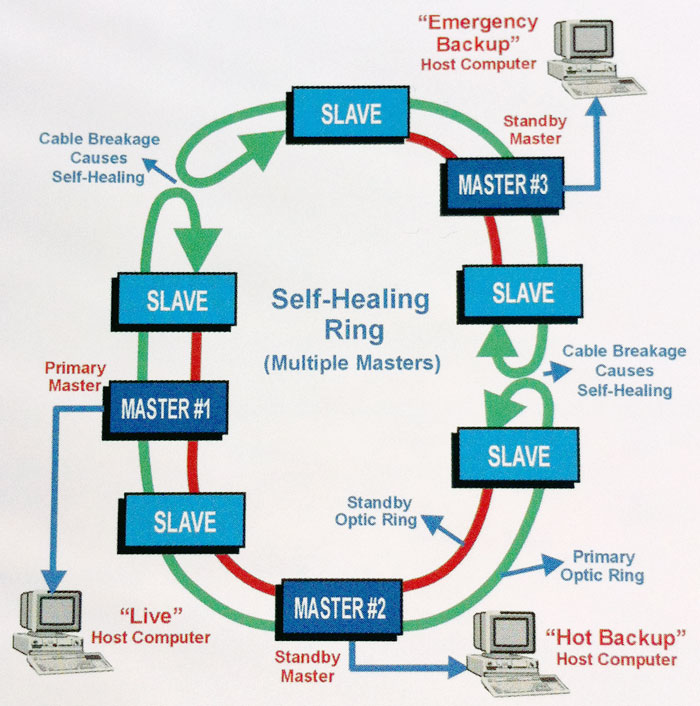Improve Your Safety With Advanced Fiber Optic Security Solutions
In an age where security is vital, advanced fiber optic safety systems offer a compelling service for enhancing security throughout numerous environments. These systems not only flaunt superior bandwidth and rate for high-resolution monitoring but also offer exceptional resilience versus external interferences. As companies increasingly seek dependable ways to secure their properties, the integration of cutting-edge modern technologies like AI and IoT within fiber optic frameworks increases vital concerns regarding their performance contrasted to standard systems. What effects do these improvements hold for future safety measures?
Benefits of Fiber Optic Security
Utilizing the benefits of fiber optic modern technology significantly boosts safety systems throughout numerous applications. One of the main advantages is the enhanced data transfer ability, allowing for the transmission of large quantities of information at broadband. This is specifically vital for real-time video surveillance, where high-resolution feeds can be sent out without latency, making sure instant feedback capabilities.
Additionally, optical fiber exhibit exceptional resistance to electro-magnetic disturbance, which is essential in settings with possible signal disruptions. This integrity makes sure regular efficiency in essential safety operations. Fiber optic wires are much less prone to touching and unapproved access contrasted to typical copper wiring, thus enhancing data integrity and privacy.
An additional notable benefit is the toughness of fiber optic systems; they are more resistant to environmental aspects such as dampness, temperature fluctuations, and corrosive compounds. This resilience converts to reduce upkeep costs and longer life-spans for security installments.
Finally, the lightweight nature of fiber optic cords assists in much easier installation and routing, particularly in complicated infrastructures (fiber optic security system). Inevitably, the assimilation of fiber optic technology into security systems not only boosts protection steps but additionally optimizes functional efficiency
Key Functions to Think About
When evaluating fiber optic security systems, several key attributes have to be taken into consideration to guarantee optimum performance and effectiveness. Initially, evaluate the system's discovery variety and level of sensitivity; a considerable variety permits for checking large locations, while high sensitivity ensures that also minor disturbances are discovered promptly.
Next, consider the combination abilities of the system. A fiber optic security system need to seamlessly interface with existing safety actions such as cams and alarms, producing a cohesive safety network.
Resilience and environmental resistance are likewise crucial attributes. Make sure that the system is made to stand up to rough climate condition and potential physical hazards, as this will prolong its operational life expectancy.

Last but not least, look right into the scalability of the system. A robust fiber optic safety and security system must be easily expanding to suit future demands without considerable overhauls. By carefully taking into consideration these features, you can select a fiber optic protection option that boosts safety and security and protection in your atmosphere.
Installment Process Introduction
To successfully carry out a fiber optic protection system, a methodical setup procedure is important. This procedure begins with an extensive website evaluation to establish the details security demands and to identify optimum places for fiber optic wires and safety and security tools. Following this evaluation, the installment team will develop a detailed plan, including cable site link pathways, needed tools, and compliance with neighborhood guidelines.
Following, the installment involves laying the fiber optic cables, ensuring they are shielded from ecological variables and physical damages. Appropriate handling methods are vital, as fiber optic wires are delicate and can be conveniently damaged. After the cabling is set up, ports and terminations are meticulously completed to make sure signal stability.
The subsequent phase contains installing safety and security devices such as cams, movement detectors, and alarm system systems, all incorporated with the fiber optic network. Extensive testing is conducted to verify that all elements are working correctly and to make certain ideal efficiency.

Contrasting Fiber Optic to Conventional Equipments
The advancement of safety technology has actually led to considerable developments in the comparison between fiber optic systems and standard copper-based systems. Fiber optic systems use light to transmit information, offering exceptional transmission capacity and rate contrasted to their copper equivalents. This leads to improved data transmission abilities, making optical fiber suitable for high-resolution video security and real-time tracking.
In addition, fiber optic wires are resistant to electromagnetic interference, reducing the possibility of signal deterioration triggered by external aspects. This characteristic makes certain constant performance, even in difficult environments. On the other hand, traditional copper systems are much more at risk to disturbance, leading to possible susceptabilities in Read More Here safety applications.
Longevity is one more benefit of fiber optic systems. They are much less vulnerable to damage from environmental variables such as moisture and temperature level fluctuations, which can jeopardize copper electrical wiring. In addition, optical fiber are lighter and thinner, enabling easier setup and minimized physical footprint.
Nonetheless, standard systems often tend to have reduced preliminary costs, making them attractive for budget-conscious tasks. While fiber optic systems may call for a greater ahead of time financial investment, their long-lasting advantages-- such as lower maintenance costs and greater reliability-- usually exceed the preliminary expenditure, placing them as an exceptional selection for contemporary safety and security demands.
Future Patterns in Protection Modern Technology
Emerging fads in safety and security technology are positioned to change the landscape of surveillance and danger detection - fiber optic security system. As organizations progressively face sophisticated risks, technologies such as expert system (AI) and artificial intelligence (ML) are becoming important to safety systems. These technologies enhance the capability of fiber optic systems by allowing real-time data evaluation, recognizing anomalies, and automating feedbacks to potential violations
In addition, the combination of the click this link Net of Points (IoT) is reinventing security frameworks. IoT tools can supply detailed situational understanding and assist in seamless interaction between different safety parts. This interconnectedness permits much more effective monitoring and faster event reaction times.
Biometric authentication is additionally gaining energy, giving a higher level of safety via special physical attributes. As this modern technology develops, it is most likely to be included into fiber optic systems for boosted gain access to control.
Final Thought
In final thought, progressed fiber optic safety systems stand for a significant development in security and surveillance modern technology. The transition from standard systems to fiber optic solutions mirrors a growing pattern in the direction of a lot more efficient and effective security measures in a significantly complicated technical landscape.